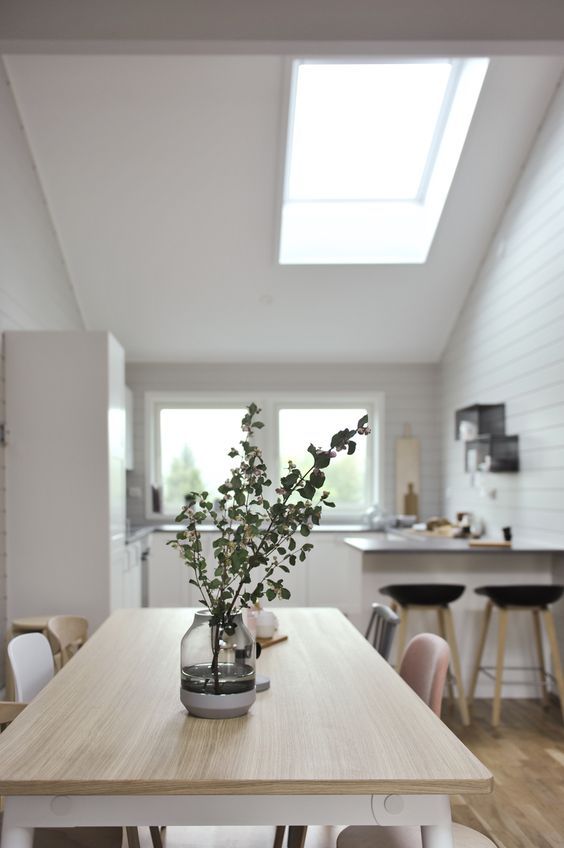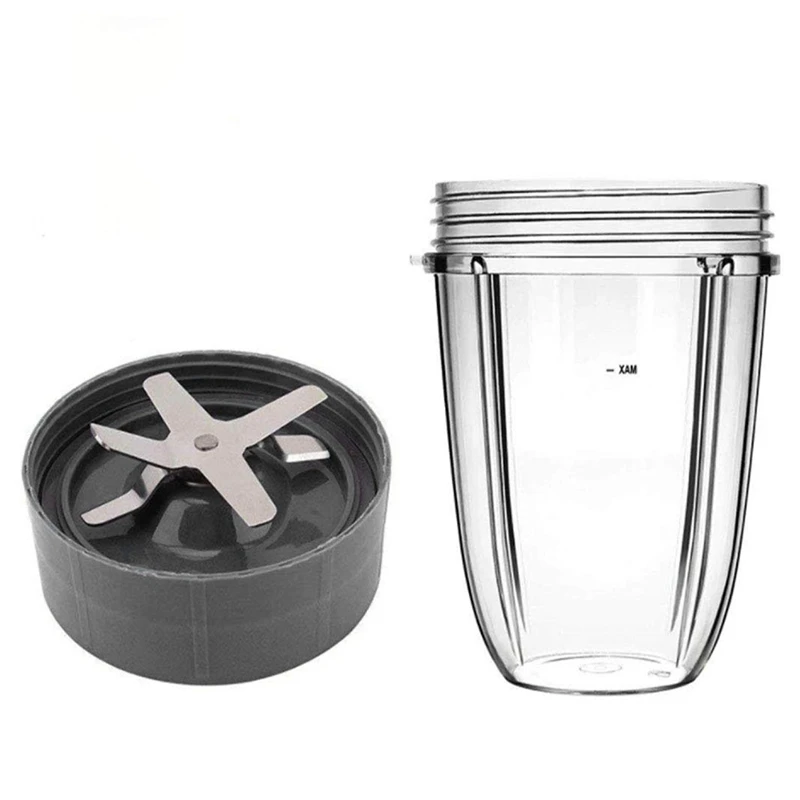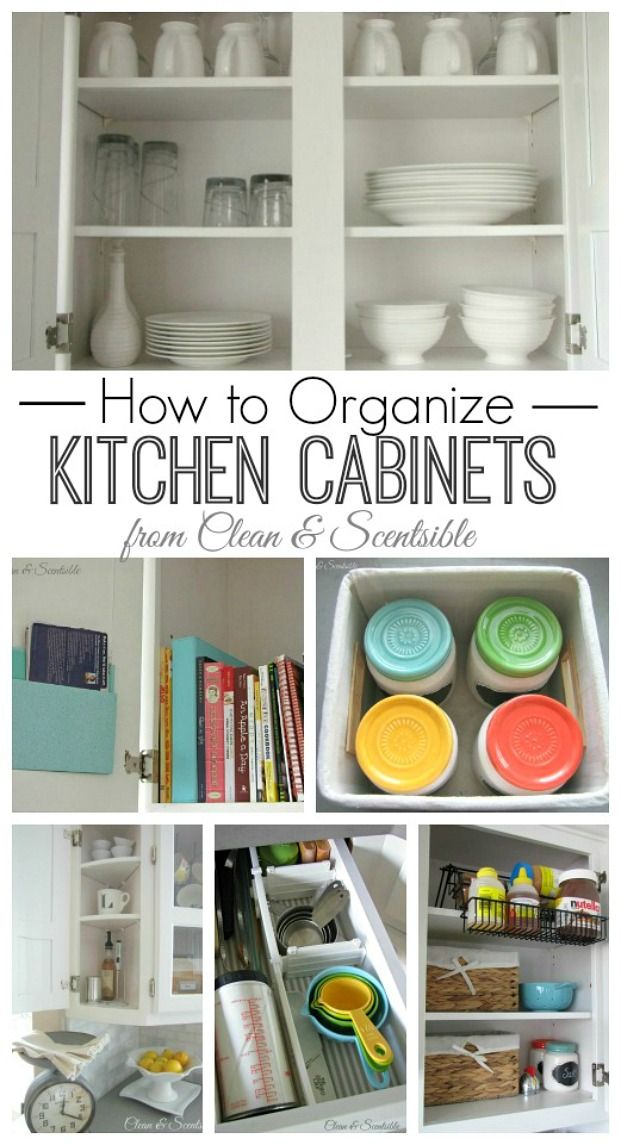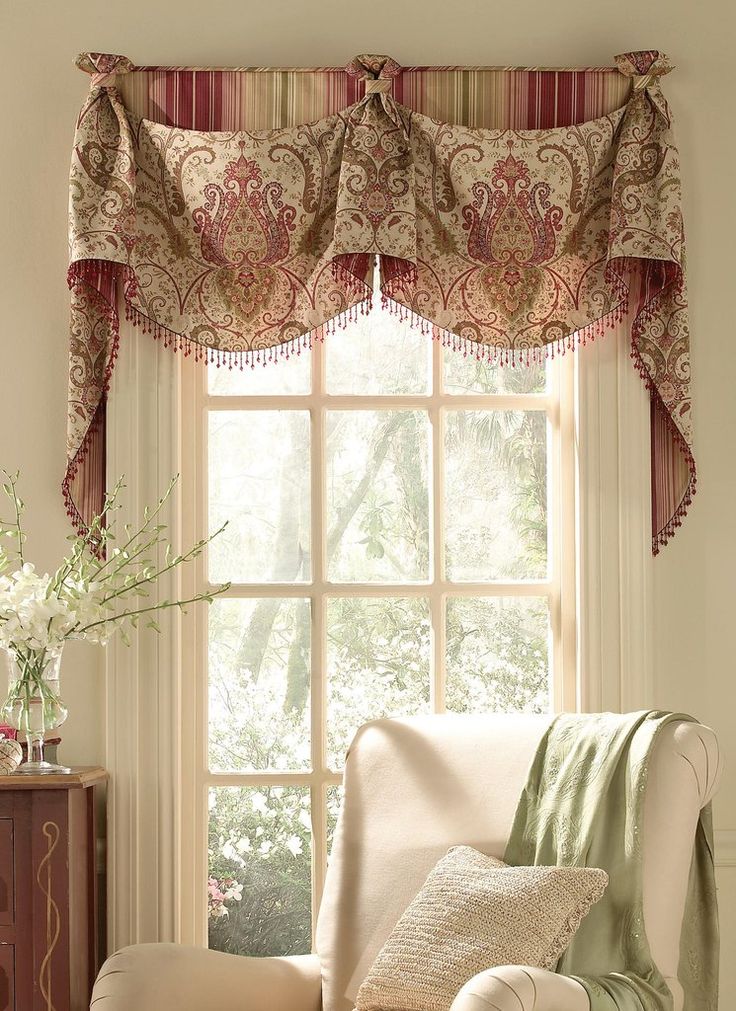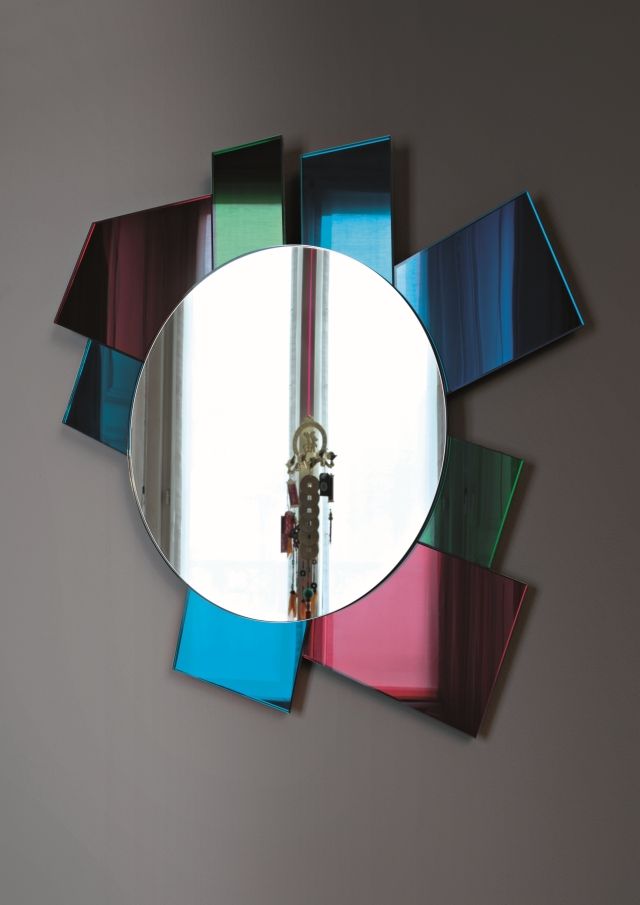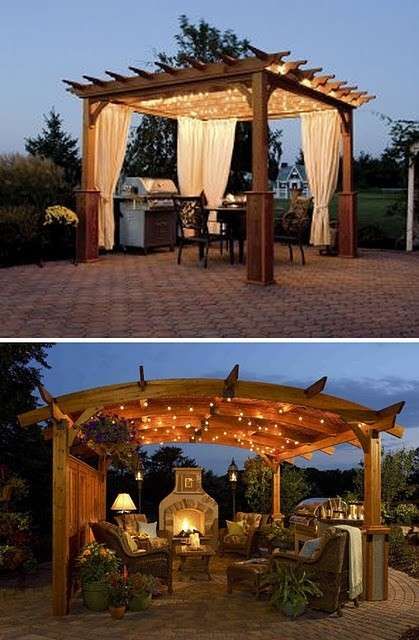Natural light in house
9 Benefits of Having Natural Light In Your Home
What Are Natural Light Benefits for Your Home?
There are many natural lighting benefits for the home that can improve your mood and better your physical health. Research has found that, on average, Americans spend about 90% of their time indoors. With many of us spending a majority of our day indoors, we miss out on the essential benefits of natural light and sunshine with Vitamin D. It is important to find additional ways to incorporate natural light to enjoy all of its benefits, including the following:
1. Saves Money Through Energy Efficiency
The importance of natural light in the home goes beyond filling your space with bright light. Natural light can be energy efficient and save you money by reducing the need for internal lights. Daylighting is the process of using windows and natural lighting to bring sunlight into your home. This natural lighting tactic produces a sun-washed room and provides a perfect place to relax, sip your favorite drink or read a book, all while helping you cut down on your electric bill.
2. Increases Comfort By Reducing Eye Strain
Additional benefits of natural light in your home include an increased sense of comfort. Extended exposure to artificial light can sometimes cause eye irritation or minor headaches because your eyes are always straining to see. Alternatively, research shows that sunlight may reduce the risk of nearsightedness. Additional research has shown that natural light and sunshine can lead to better vision.
3. Stimulates Productivity
Natural lighting can help improve your mood and stimulate productivity. Recent studies have shown that air quality and natural light have the biggest impact on employee well-being. For those working from home, natural lighting can boost productivity and improve your mindset while working.
4. Benefits House Plants
Indoor plants thrive when given adequate natural lighting. Indoor plants can provide various health benefits and add an appealing splash of color to your home. When plants have plenty of natural light to soak in, they can thrive and flourish with new growth.
5. Reduces Stress Levels and Anxiety
Natural light can play a significant role in your mood. The benefits of natural light on your mental health include helping to lower stress levels and anxiety. For those affected by seasonal affective disorder, spending more time in the sunlight and natural lighting can help improve mood.
6. Provides Health Benefits
There are numerous health benefits of natural light, including increased vitamin D levels and improving seasonal affective disorder. Natural lighting can also benefit those who are prone to eye irritation or general discomfort when spending too much time under artificial lighting.
7. Promotes Better Sleep
Natural light plays an essential role in our sleep schedule. Research has shown that light is the most important external factor affecting sleep. The body’s internal clock, known as the circadian rhythm, is directly tied to natural light. Natural light can reduce eye irritation and promote a healthier sleep schedule.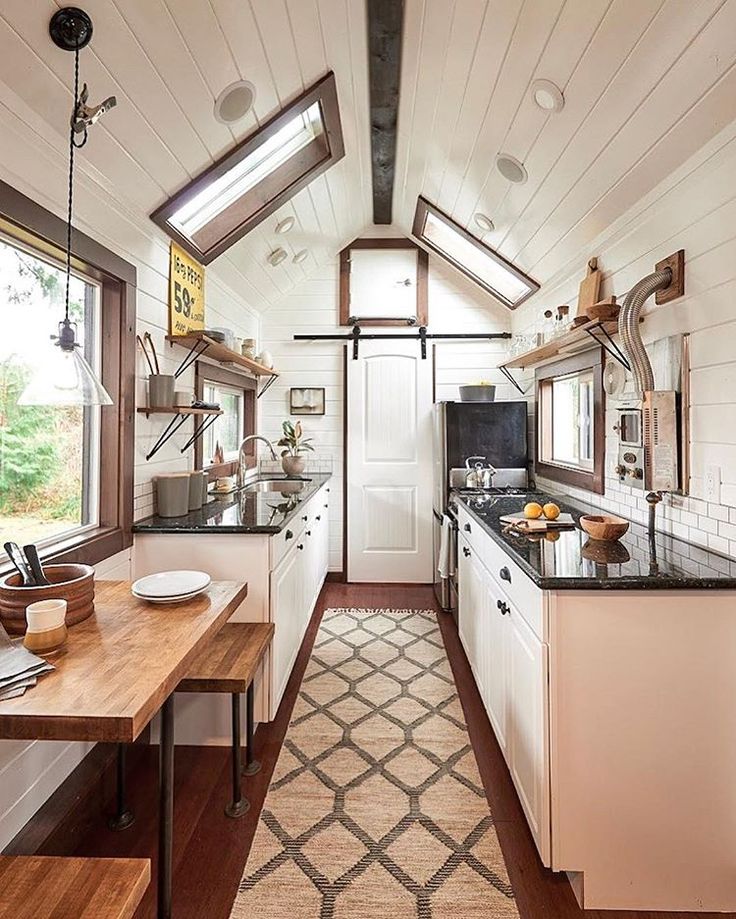
8. Increases Home Value
Homes with ample natural light and beautiful windows often sell for more. Windows with a view can help make a room feel larger than it is. New windows and window treatments can be energy-efficient and are considered one of the best home improvements to increase value.
Control Natural Light With Custom Window Treatments
There are many home benefits of natural light, including a more comfortable, well-lit home. Interior window treatments allow you to control the amount of natural light you want in your home and for how long. Some custom window treatments can even have a schedule set to open or close at specific times of the day automatically.
In addition to controlling natural light, custom window treatments can complement your decor, enhance your style, and offer long-lasting and durable options to improve privacy.
Custom Shutters
Shutters feature functioning panels that can be opened and closed to control the amount of light you want in your home.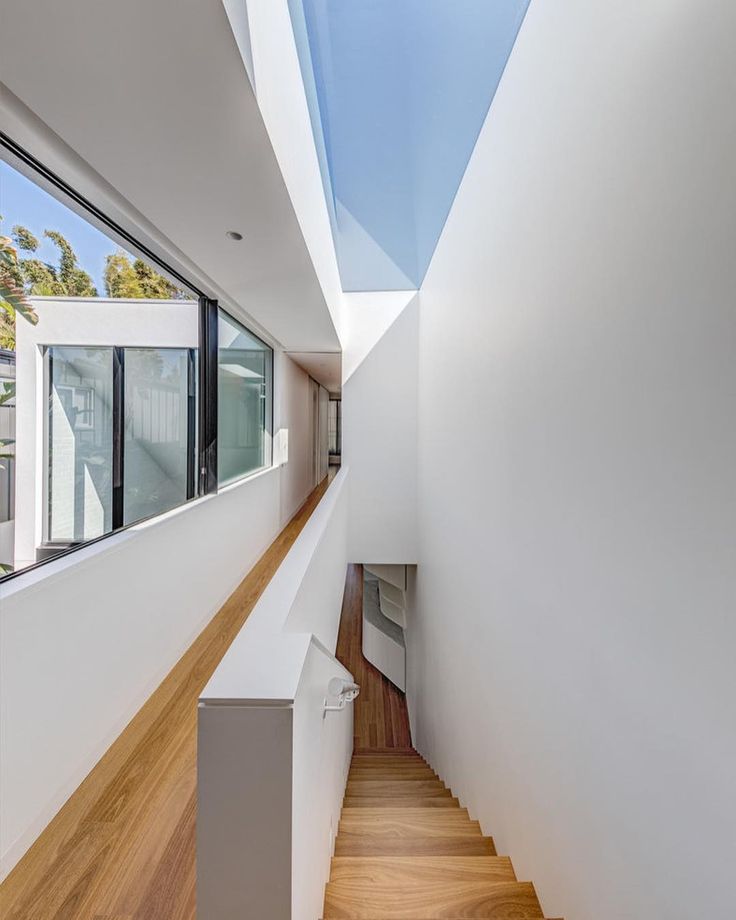 Additional benefits of premium custom shutters are that they offer dependable privacy whenever you need it.
Additional benefits of premium custom shutters are that they offer dependable privacy whenever you need it.
Some of the most popular materials used for shutters include wood or polyvinyl chloride (PVC). Custom wood shutters are ideal for those looking to add a sophisticated touch to their homes. PVC shutters may be better suited for rooms with higher moisture levels, such as bathrooms, kitchens or sunrooms.
Premium Shades
With motorized shades, you can automate when the window treatments open or close. This enables you to schedule them to remain open during optimal periods for natural light. Your schedule can also include automatically closing the shades when the sun begins to set or during times when you prefer additional privacy.
Some of the most popular types of shades include dual shades, room darkening shades, Roman shades and woven shades. Custom window shades are a versatile window treatment that allows you to block the right amount of light or let the sunshine in when you are looking to bask in the glow of the sunlight.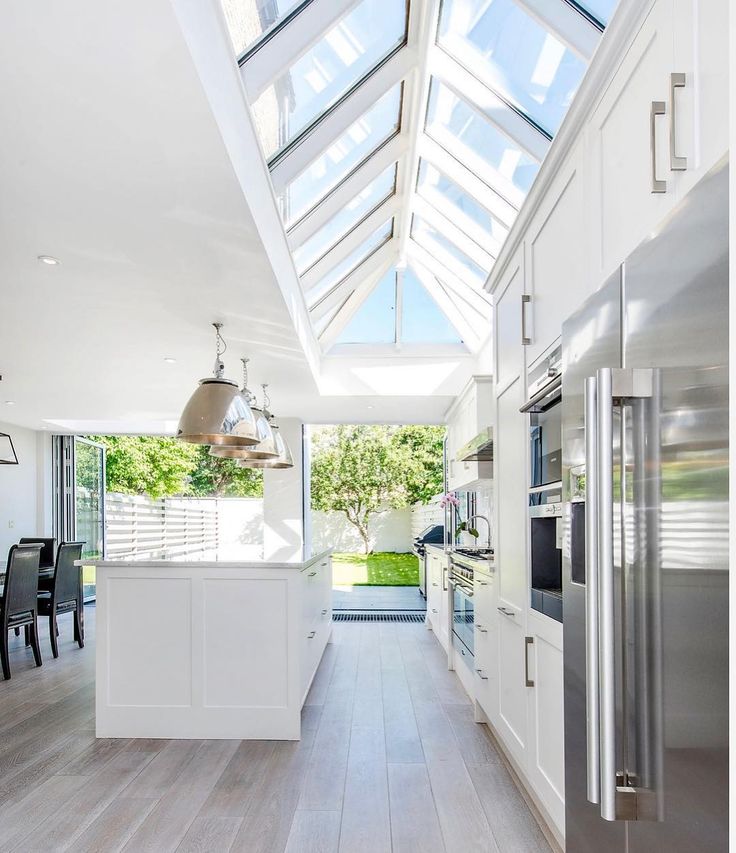
Custom Drapes
Drapes are traditional decorative window treatments that allow natural light to shine throughout your home when open. Premium window drapes can provide an elegant touch to any room while keeping your home warmer in winter and cooler in summer.
As window drapes can help maintain a balanced room temperature, you can enjoy increased comfort in every room of your house. Additionally, drapes are ideal for finding the perfect balance of enjoying natural lighting and privacy when needed.
Trust the Window Treatment Experts at Shutter & Shade Shoppe
Shutter & Shade Shoppe is a premier source for custom window shutters, shades and drapes in Orange County as well as other areas like Fontana, Jurupa Valley, Norco, Ontario, or Riverside in San Bernardino County and Pasadena and Los Angeles in LA County. We’re proud to offer high-quality window treatments to elevate the design of your home while adding comfortable and convenient amenities.
Our selection of window treatments features various materials and designs to fit your unique vision for your home. Our team of window treatment experts can help you choose the best window treatment that gives you control over natural lighting in your home.
Our team of window treatment experts can help you choose the best window treatment that gives you control over natural lighting in your home.
Call 949-600-9880 to learn more about window treatments, or contact us online today.
How to Increase Natural Lighting in a Home
Natural light in a home is always better than artificial light. It bathes your room in a rich full spectrum hue that light bulbs can only hope to duplicate and it increases your body's feel-good serotonin levels. Best of all, natural light will not come due at the end of the month with the power bill. It's free.
Many homes were not built with natural light in mind. Short of picking up your house and turning it in the direction of the sun—or altogether relocating it to a sunnier location—there are a few remodel projects you can do that significantly increase interior natural light.
-
01 of 09
Paint the Home's Eaves White
John Lund/Sam Diephuis / Getty Images
The overhangs created by your roof are eaves or soffits.
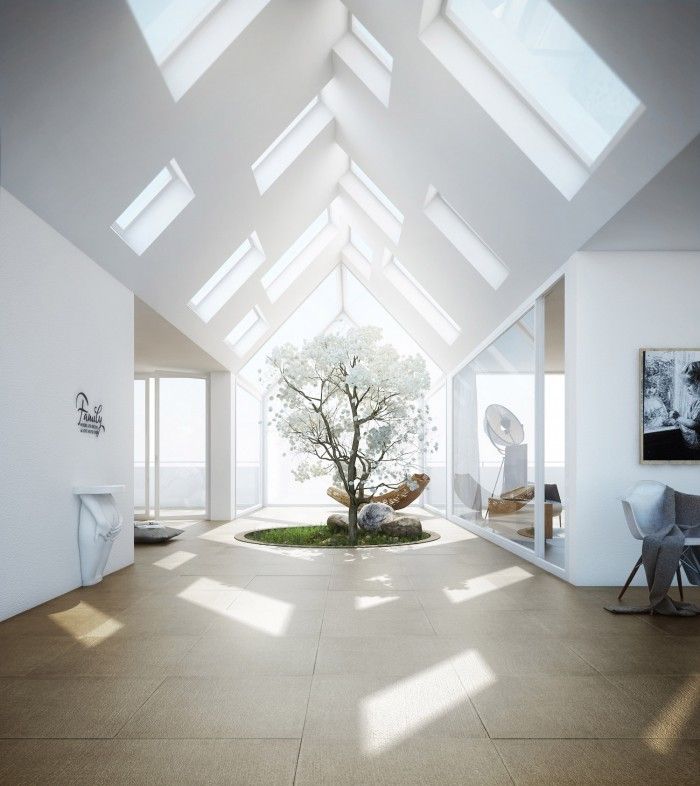 Either they are left as open eaves or they are covered up with a horizontal soffit.
Either they are left as open eaves or they are covered up with a horizontal soffit. In any case, this section reflects natural light and sends it into your home. Painting your eaves white is one little-known way to boost natural light in every room of your home.
Even if your house exterior is a different color, you can still paint your eaves white-only. Because of how eaves angle toward the house, the curbside appearance will not be affected. You will primarily see them only from within the house.
Tip
If you're not interested in painting the eaves, even a thorough cleaning should remove dirt, dust, spiderwebs, and other contaminants that darken the color of the eaves.
-
02 of 09
Use Lighter, Brighter Interior Wall and Ceiling Paints
Westend61 / Getty ImagesPainting walls white or another light color may seem like an easy way to add more light, and it is.
Interior wall color is the number one way to reflect natural light back into your room.
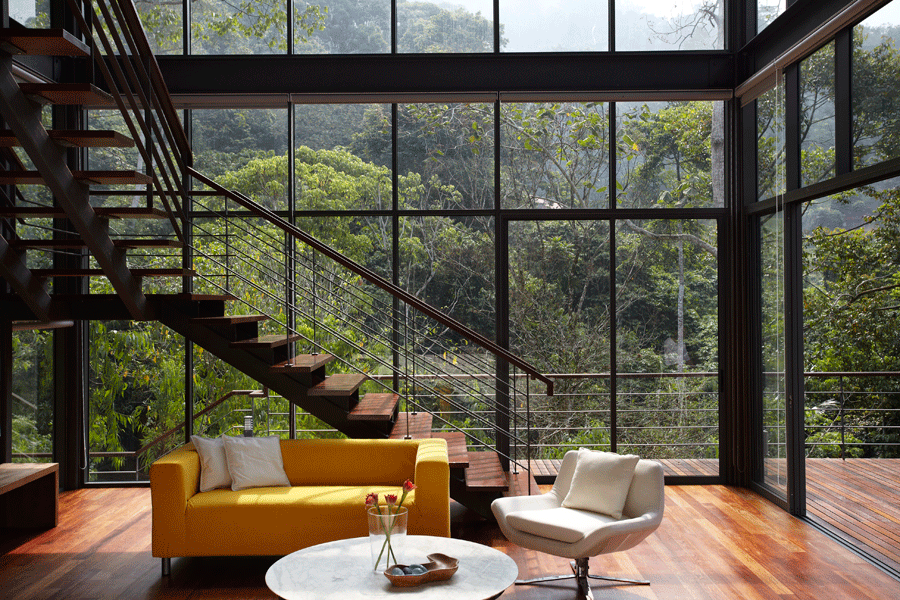 Light Reflectance Value, or LRV, can range from near to 100-percent for pure white down to close to 0-percent for black. All colors in-between will have greater or lesser LRV.
Light Reflectance Value, or LRV, can range from near to 100-percent for pure white down to close to 0-percent for black. All colors in-between will have greater or lesser LRV. White is the brightest. Nothing is brighter than white. If you really don't like white but really want more light, look into whites that have underlying color tones. White comes in a huge range of subtly different shades.
-
03 of 09
Westend61 / Getty Images
The higher the gloss level of the interior paint, the more light-bounce you'll have indoors. By using glossier paint for your walls, you give them a mirror-like effect. And as everyone knows, mirrors reflect light.
At the other end of the reflective scale is flat or matte paint. With its highly porous, velvet-like texture, flat or matte gloss paint soaks up light and cuts down on its reflective quality.
This does not mean that you must use high-gloss paint, though you can if you wish. It means going one notch up in a glossier direction.
 So, if you love matte, try eggshell. If you love eggshell sheen, try semi-gloss. If you have a remarkably dark room, you may want to consider glossy paint for your walls, even though it is not typically used on walls. Just be aware that more gloss means more glare from strong light, especially artificial light.
So, if you love matte, try eggshell. If you love eggshell sheen, try semi-gloss. If you have a remarkably dark room, you may want to consider glossy paint for your walls, even though it is not typically used on walls. Just be aware that more gloss means more glare from strong light, especially artificial light. -
04 of 09
Use Glass or Highly Reflective Tiles
Hero Images / Getty Images
Glass tiles are the next best thing to installing mirrors on your kitchen or bathroom backsplash. In the right light, glass tiles reflect close to 100-percent of the light that hits them.
Second to glass, install highly glossy ceramic tiles for a nearly equal reflective effect. Compare low-reflection (and trendy) backsplash materials like concrete or pallet wood against even an ordinary white subway tile backsplash. In terms of light reflection, the subway tile is superior to many other materials. And at just a few dollars per square foot, it is far cheaper, too.
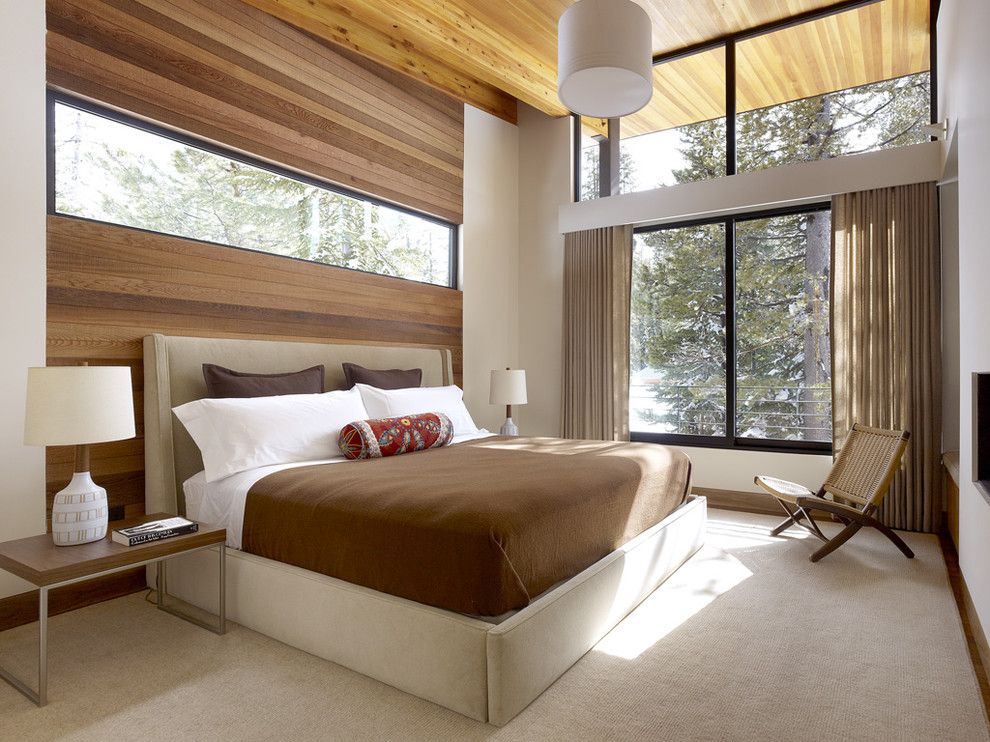
For maximum reflection, turn up the light even more and install metallic backsplash tiles.
-
05 of 09
Replace Wall Space With Glass Blocks
Jodi Jacobson / Getty Images
Not the easiest fix but an effective one, replacing sections of your exterior wall with glass block brings in a fair amount of natural light where otherwise no light would be entering your home.
Glass block is not a structural replacement for a wall stud system, so headers must be installed over the block sections, as you would with any window or door unit.
-
06 of 09
Install Skylights in Your Ceiling
Charlie Dean / Getty ImagesSkylights are an amazingly effective way of pulling in natural light. In fact, skylights are often called windows for the roof. Not only do skylights present as much glazing area as a medium-sized window, but they also face upward, where the sun is located.
Skylights bring in more consistent light than most windows because skylights are less likely to be shadowed by outdoor objects, and sunlight reflected off of clouds comes right into the house.
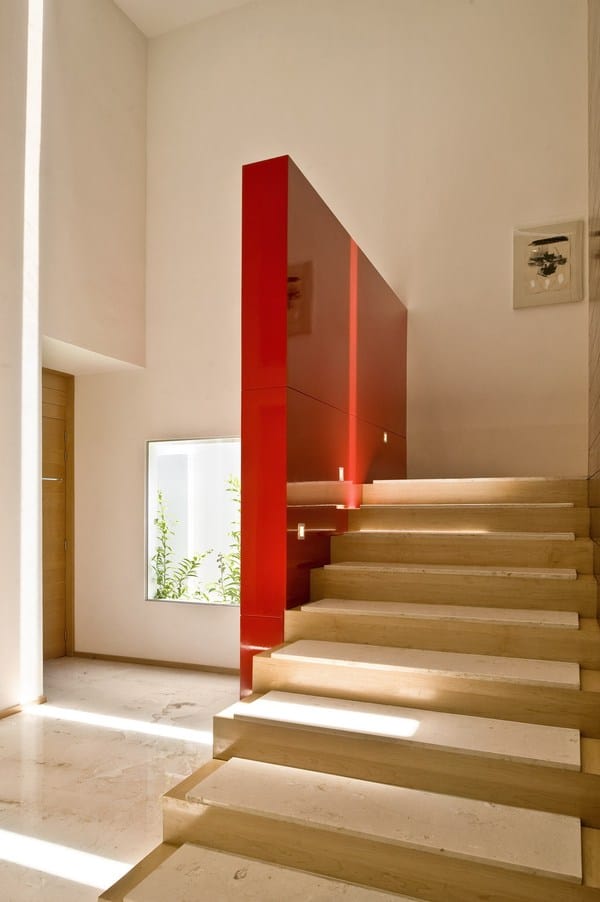
-
07 of 09
Add Reflective Room Features
Genevieve Garruppo
If you've ever walked into a sunlit room with a chandelier, you'll know how bright they can be. When sunlight reflects on a chandelier, it sends more light into the room. And the chandelier doesn't even need to be turned on for this to happen.
But you don't need to install a chandelier in your home to achieve this effect. Think in terms of any shiny, glossy, and reflective room elements. Add mirrors, sconces, and shiny cabinet pulls to increase natural light, even incrementally.
-
08 of 09
Install Sun Tubes
flickr/Mike SIf you don't have the space for a skylight, consider a sun tube, a tubular daylighting device that's a less expensive, easy-to-install alternative to skylights.
The chief difference between sun tubes and conventional skylights is that sun tubes don't need a light shaft. With conventional skylights, an opening is cut into the roofline and another opening is cut into the ceiling.
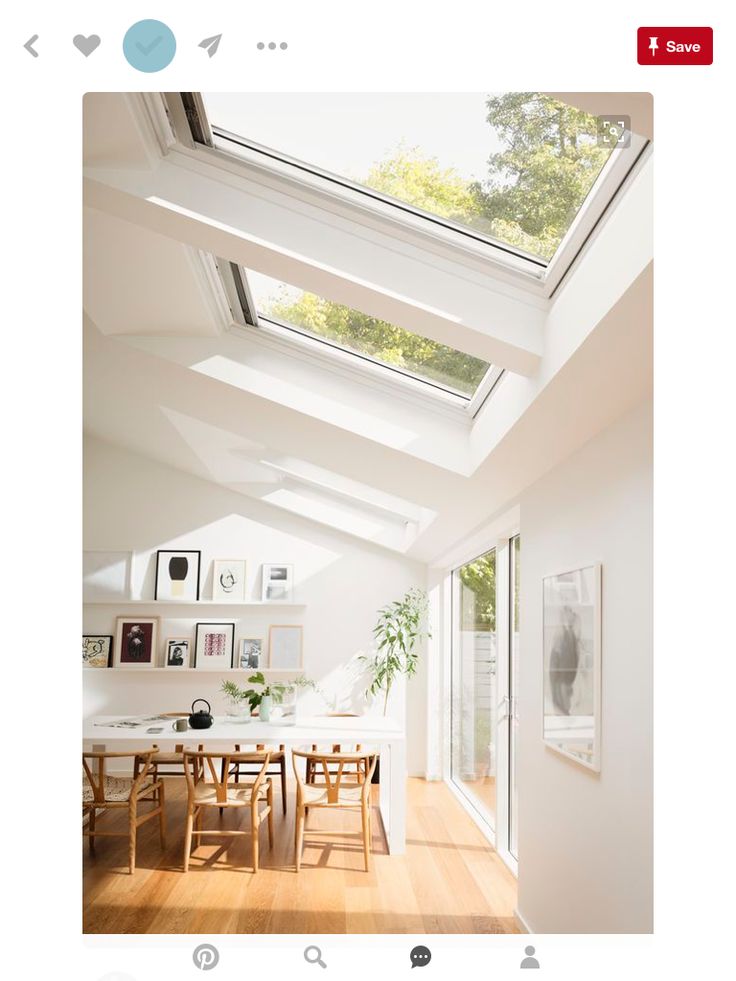 Connecting the two is a light shaft, usually built with two-by-fours, drywall, and insulation. A light shaft drives up the price of the skylight. Plus, a light shaft can only be built in a straight line—a problem for attics that have a lot of HVAC vents and other obstructions.
Connecting the two is a light shaft, usually built with two-by-fours, drywall, and insulation. A light shaft drives up the price of the skylight. Plus, a light shaft can only be built in a straight line—a problem for attics that have a lot of HVAC vents and other obstructions. Sun tubes come with their own light shafts: tubes that snap together and can even work around attic obstructions. Sun tubes bring in less natural light than skylights. But multiple sun tubes within a room can, in the aggregate, produce as much natural light as a single conventional skylight.
-
09 of 09
Paint Ceilings White or Light Colors
dit26978/Getty Images
Most ceilings are white for a reason: White reflects light. And since ceilings often go unnoticed when surveying a room's decor, there's no design penalty for going with white.
Flat white is preferred over glossier sheens because a matte finish reduces glare, and ceilings don't need the washability of glossier paint because they don't get touched regularly as walls and trim do.
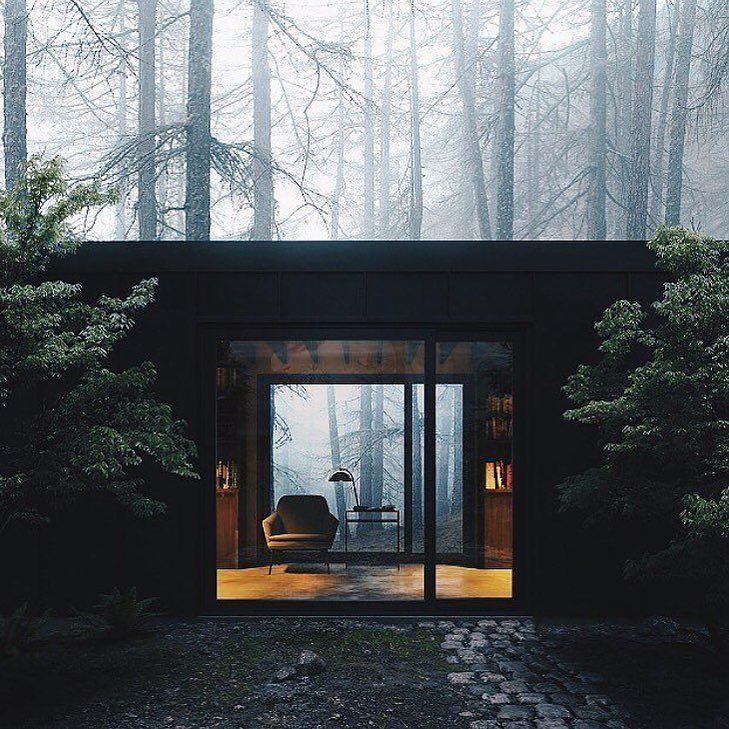 So, even though glossier paint is typically a way to increase natural light in a room, ceilings are the exception.
So, even though glossier paint is typically a way to increase natural light in a room, ceilings are the exception.
7 ways to increase natural light
Let's let more light into the apartment! The quartblog will tell and show 7 simple and effective ways to fill the apartment with natural light.
Daylight, as the most natural for our perception, is vital: it is known that in a bright room it is easier to breathe and the mood improves. How to increase the amount of natural light in the apartment? The easiest way is to add windows. It is this advice that you can often find in different sources. But most of us live in typical buildings, so we'll leave this method to those who are designing their own home. And for owners of apartments in ready-made houses, we have other ideas. nine0003
1. Make room around windows
Whether your room has one or ten windows, you can increase the amount of light that enters it. To do this, you need to free up space in front of the window. Ideally, it should be visible from anywhere in the room. Also make sure that bulky furniture does not prevent light from entering the room. Leave only small flower pots on the windowsill.
Ideally, it should be visible from anywhere in the room. Also make sure that bulky furniture does not prevent light from entering the room. Leave only small flower pots on the windowsill.
Opt for separate shelves rather than closed bookcases - the light will pass freely through them. Tables with glass tops, chairs with narrow legs, glass doors on cabinets will help achieve the same effect. It is easy to understand whether the object will prevent the penetration of light into the apartment: the less shadows from it, the better. nine0003
2. Place mirrors and reflective surfaces
Mirrors and other reflective surfaces can greatly increase the amount of light in your apartment. For greater effect, place mirrors on the east and west walls. Track how the light moves around the room and place reflective surfaces on these paths. Such surfaces can be acrylic materials, shiny tiles, glass, brass, gold or silver - from doorknobs to photo frames. nine0003
3.
 Hang light curtains on east and west windows
Hang light curtains on east and west windows
The problem with east and west windows is that blinding light comes through them in the morning or evening. Use curtains during this time, but do not block light from entering other hours. Give preference to curtains made of light flowing materials, preferably light.
4. Consider the color scheme
The feeling of light in the apartment, of course, depends on what colors you use. Opt for lighter colors when choosing furniture or when considering what color to paint walls, especially those away from windows. Dark floors can be made lighter with rugs or paint. If the soul asks to paint the walls in dark colors, despite the insufficient amount of daylight, paint! But make the floor and ceiling light. And vice versa, if you can’t do without a dark ceiling or floor, save the day with the help of light walls. nine0003
5. Clean the windows
Sometimes the simplest solutions are the best. Dust and dirt on the windows can interfere with the penetration of light into the apartment.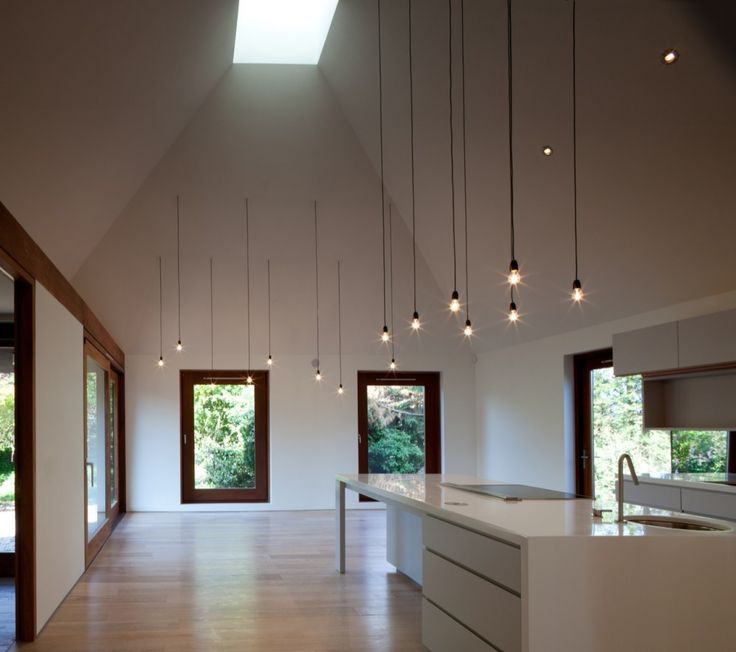 This is especially true if you live close to the road. So wash the inside of the windows at least once a month, and the outside at least twice a year.
This is especially true if you live close to the road. So wash the inside of the windows at least once a month, and the outside at least twice a year.
6. Add spotlights
To extend the time that natural light reigns in the room and you can do without main lighting, add spotlights where needed - for example, above the work surface in the kitchen. They will supplement natural light when it already becomes insufficient. nine0003
7. Get rid of the doors
If you can't or don't want to redecorate your apartment, this trick will brighten up the space. Get rid of the doors that are an obstacle to the penetration of sunlight into the apartment. A less drastic way is to replace the doors with ones that have glass inserts. Where possible, install glass sliding partitions.
Whatever strategy you choose, a window cannot be the only source of light in an apartment. To provide lighting at other times, you will need lamps. Happiness experts, the Danes, also recommend placing more candles at home, which give a more familiar and pleasant light to the eye.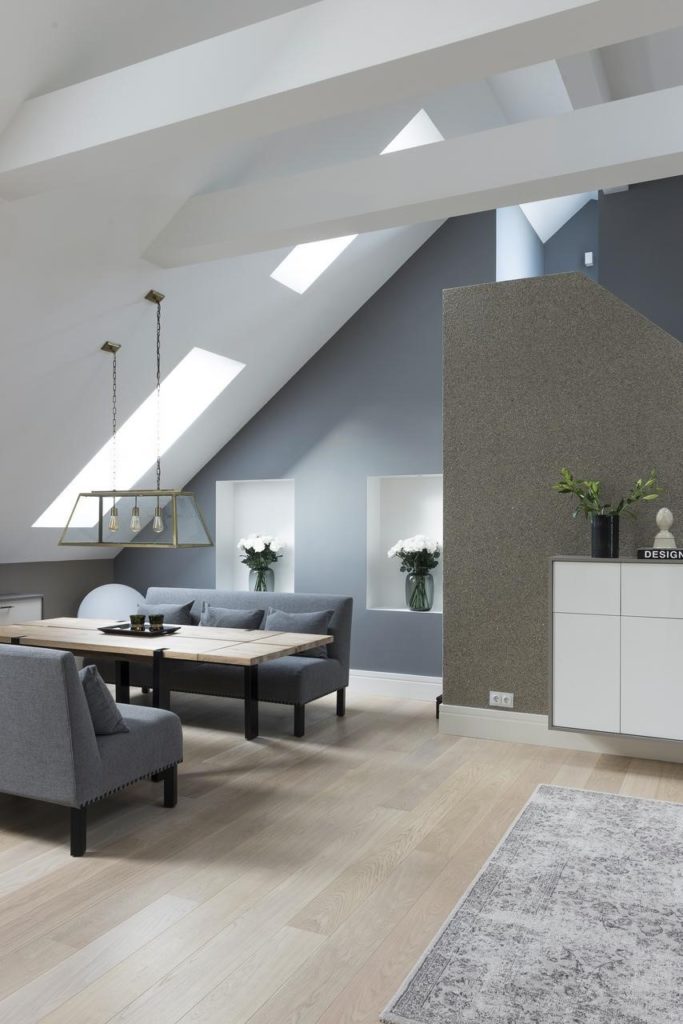 nine0003
nine0003
Photo: bjurfors.se, hbu.h-cdn.co, decoist.com, pinimg.com, homecaprice.com, bazzar.hr, home.wclindsay.com, streaterforschoolboard.org
Add to favorites3
- Tags
- useful tips
- light
useful tips, light repair and after it
I remember my uncle used to turn on the lights in the rooms saying: “Let it be fun!” I agree - with light in living rooms and other areas of the house, it is much more fun than without it. And with electric, but especially with solar. Unfortunately, there are apartments that are perfect for everyone, if not for one “but”: they have very poor natural (sunny) lighting. Find out how to improve the natural lighting of living spaces.
Nina Frolova
What factors affect the natural lighting of buildings and residential premises? The rays of the sun can be stolen by lush vegetation outside the window, and the shadow from a neighboring house, and modest-sized window openings of residential buildings.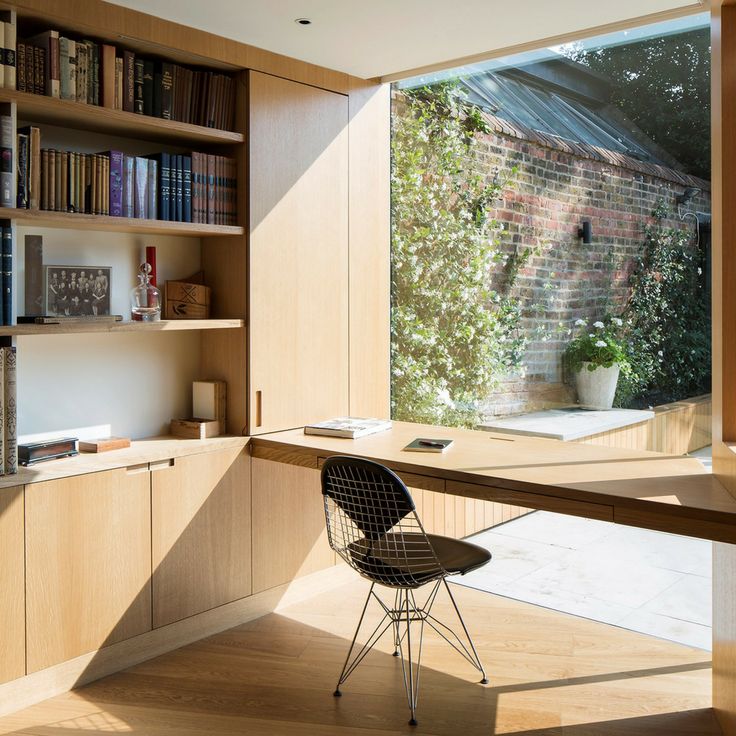 Alas, natural lighting at home does not depend on you. But it is worth fighting for a bright (in the truest sense of the word) future. It is necessary to start the fight against the approaching darkness and improve the natural lighting in the interior at the stage of repair. nine0003
Alas, natural lighting at home does not depend on you. But it is worth fighting for a bright (in the truest sense of the word) future. It is necessary to start the fight against the approaching darkness and improve the natural lighting in the interior at the stage of repair. nine0003
Window and Home Decor LLC
Transparent solutions for dark interiors
More light in the interior - better natural lighting. You should not choose dark colors for the floor, ceiling and walls of living quarters. Do you like rich dark colors in the interior of residential buildings? Leave these tones for accessories. Additional space-delimiting walls and massive cabinets on the sides will only interfere with the natural lighting of the rooms, so in the rooms, especially in the area near the window, all objects should be as flat as possible. nine0003
Stretch ceilings will also have to be postponed until better times for a residential building, where there is good natural lighting in living quarters.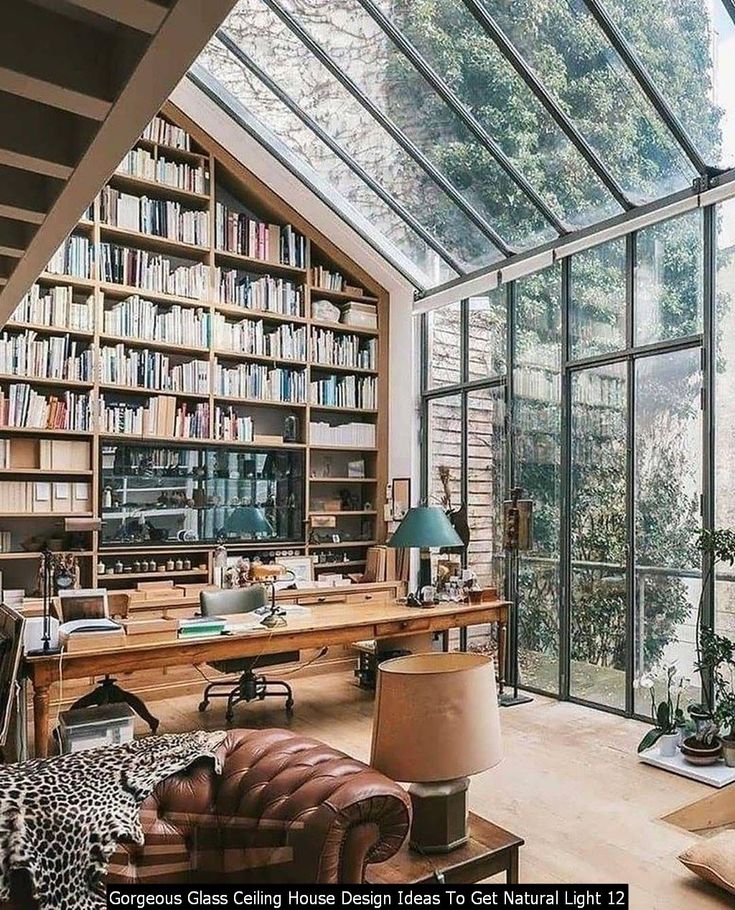 Even a few centimeters that the suspended structures “eat up” will affect how good the lighting of the interiors of the living rooms in the apartment will be.
Even a few centimeters that the suspended structures “eat up” will affect how good the lighting of the interiors of the living rooms in the apartment will be.
Erika Bonnell Interiors
To improve the natural light in the apartment, change the windows and balcony door. Find the narrowest frame options you'll find for residential buildings. Another option to enhance the natural lighting of the room is to make a transparent balcony door, unless, of course, there are small children in the house. There is? Then the door should be transparent and made of bulletproof glass. In the struggle for natural light in buildings and the rays of the sun in residential areas, all means are good! nine0003
Vera Tarlovskaya Interiors
The best friends of natural interior lighting are no, not diamonds, but glass and mirrors in residential buildings. I do not propose to turn the apartment into a kind of ballet studio with a glass floor and ceiling - if only because the neighbors will not appreciate it.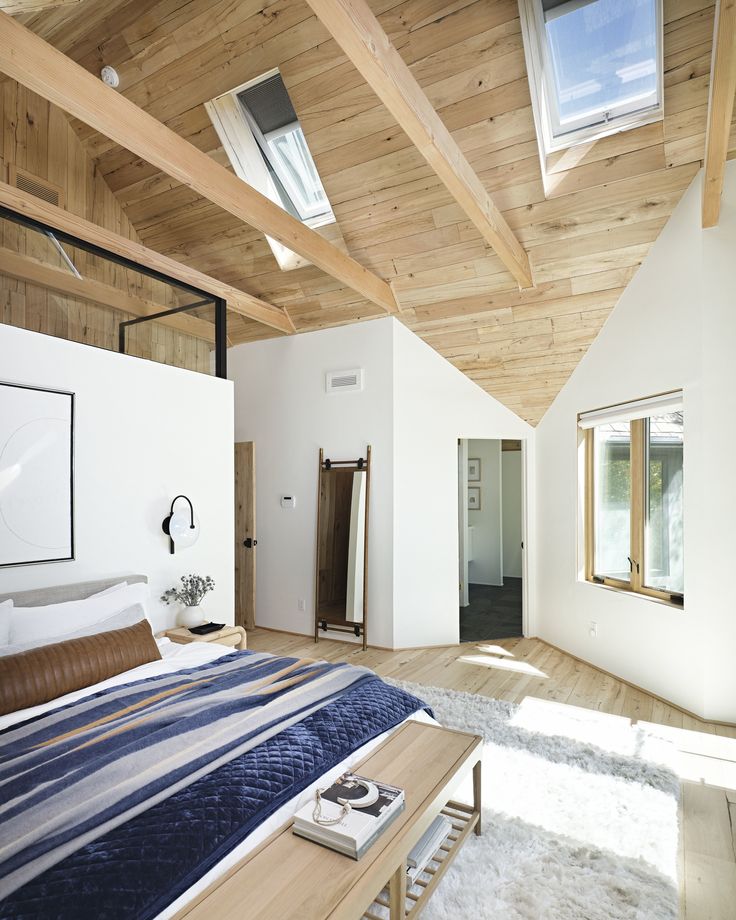 My idea of how to improve the interior lighting of the living room is to at least install a glass table and shelves, as well as a large mirror in the back of the room.
My idea of how to improve the interior lighting of the living room is to at least install a glass table and shelves, as well as a large mirror in the back of the room.
SEE ALSO…
- Sun traps: how to fill with light a poorly lit room
- 10 tips for those who want to always live on the sunny side
- Universal soldiers: Mirror tasks in the interior
Nina 9000 9000 9000 9000 9000 Sarah Lavoine - Studio d'architecture d'intérieur
Brilliant solutions in essence and meaning
Not so much to improve the lighting of your home, but to lighten the mood in living spaces, you can use all sorts of accessories made of shiny or transparent plastic and glass. They will help to increase the level of illumination of the interior of rooms by attracting rays of light and multiplying them along the walls and ceiling. And if the accessories get bored, re-hang, rearrange or remove them for a while from the premises.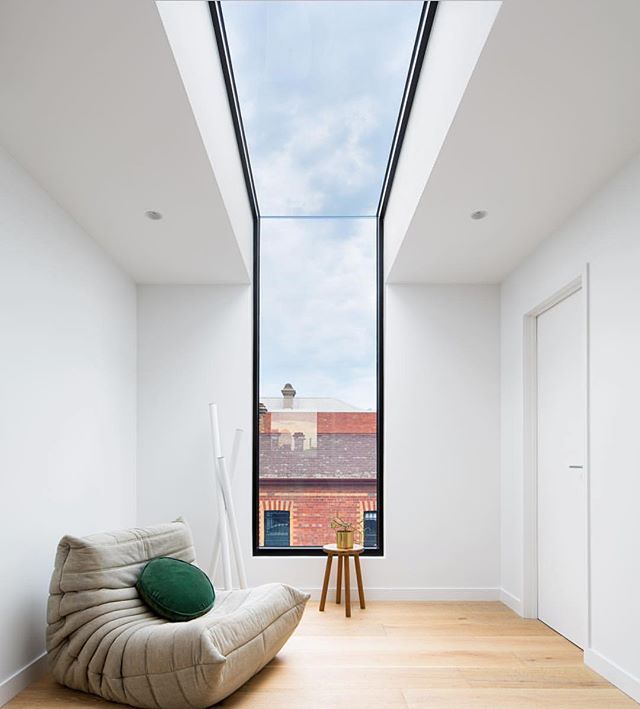 nine0003
nine0003
Not everyone loves glossy interiors, but it is glossy surfaces that will help improve the lighting of your apartment. They, however, can turn it into a branch of the circus or a house of a Barbie doll. So in the struggle for lighting in the interior, I'm more likely for accessories than for buying a huge glossy cabinet. Moreover, if desired, the cabinet can be pasted over with a corresponding film. And then remove it, as you get bored, and stick another one.
House of George LLC
Watch the sunset at home
With the onset of evening, the picture outside the window will change: it will still be light outside, and the lighting of living quarters in your apartment will leave much to be desired. What to do? Draw the curtains and deprive yourself of a beautiful sunset? There is another option to improve the lighting of your residential interiors. In order not to turn on the overhead light in the rooms when the curtains are open and thereby not “shine” in front of neighbors and residents of neighboring buildings, purchase small lamps for different occasions.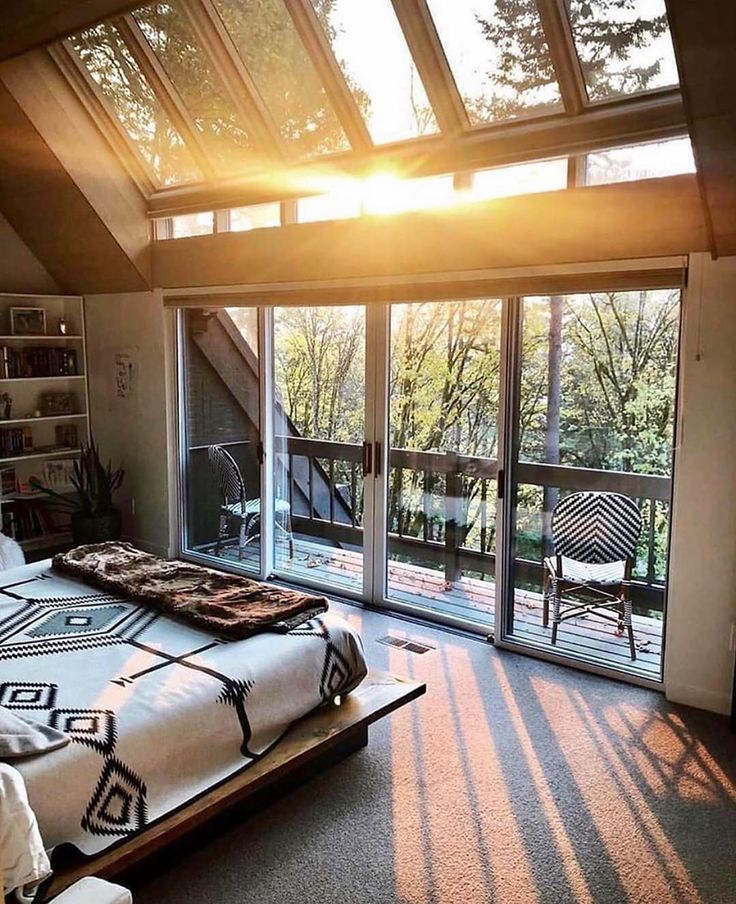
Small - near the sofa to read, a little bigger - in the kitchen to see what you're cooking, floor lamp - in the back of the room, to gather for an evening meeting not in the dark. These lamps will not only improve the lighting of the apartment, but also allow you to look at the last rays of the sun without leaving your home, and also create coziness in the interiors. nine0003
Robin Gonzales Interiors
Sometimes the most obvious option — is the simplest
Speaking of comfort in residential interiors of buildings. Sunlight is very fond of cozy rooms in the style of minimalism. All that volume of objects that does not always properly fill your rooms usually prevents the spread of natural light.
When planning to improve the lighting of your living spaces, think: maybe there is something extra in the apartment? Swapping out a few pieces of furniture that you rarely use for additional interior lighting seems like a pretty good option.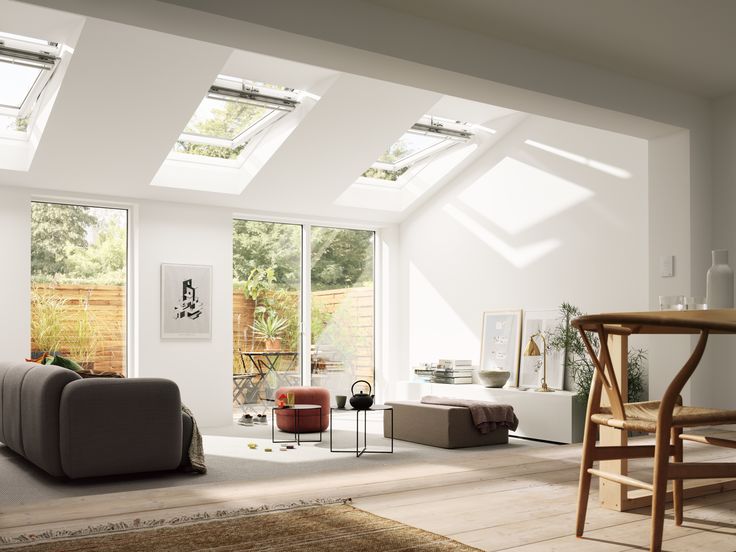 nine0003
nine0003
Olga Terekhova
A banal, although not obvious, solution to improve the lighting of the apartment: regularly clean the rooms, wipe the dust more often. Otherwise, almost all surfaces, and even more so glossy or glass ones, will reflect well not the rays of the sun, but your unwillingness to clean the rooms. And do not forget about the windows, because dirty glass in the premises is the first obstacle to the natural lighting of residential buildings.
Melander Architects, Inc.
For those who imagined how he does all these manipulations and got tired in advance, I offer the most pleasant option. Is the room lighting insufficient and do you lack sunlight? Get outside. You will see the sun, get some fresh air, relax, gather your strength, and perhaps even decide to put into practice the tips described above on how to improve the lighting in the rooms. nine0003
Read also .